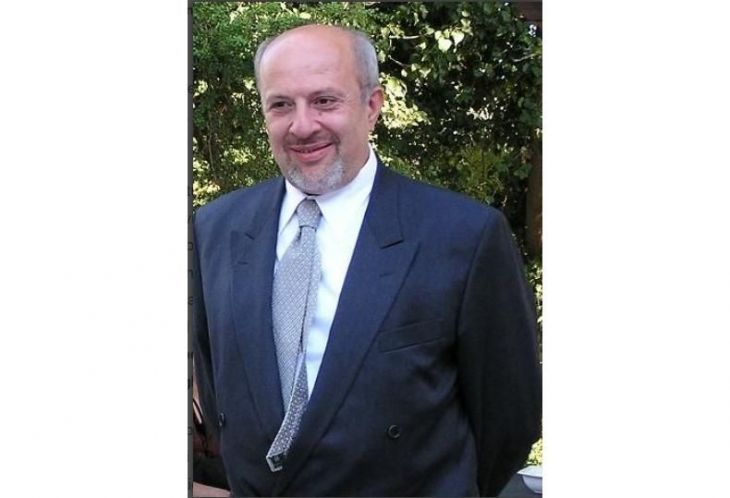From the former Mayor of Tirugia, Giovanni Pellistri, we receive and disseminate this message in full: “Science, technology and society are intertwined across the centuries in a closer way than ever before, up to the present day. Before the Three Galilean Scientific Revolutions the terms were different, science was one with philosophy. Technology had a practical, rather than speculative, imprint, and was more oriented towards work tools or war artifacts. And society, although polluted by science, and even more so by technology, was much more static and much slower in dealing with society. Change. With the Scientific Revolution of the sixteenth century, the network between science, technology and society became increasingly interconnected. The link between the three spheres became Increasingly unsolvable and reversible: new scientific knowledge was soon translated into applications for objects and tools that later became new opportunities for scientific research, all of this being reflected in models of social life.”
“The scientific method introduced by Galileo and developed by Newton initiates a new way of interpreting natural phenomena: reality is no longer something that can be thought and/or described, but rather an object of measurement. This new approach determines the rapid development of the natural sciences. The eighteenth century, with a strong increase in Practical applications that resonated with society, invention of the steam engine by James Watt (1769)It represented the maximum technological development that led to the availability of large amounts of energy and the birth of the first industrial revolution. This new process has effectively revolutionized not only the production of consumer goods and production methodology, but also society in the broader sense, leading to an important shift towards urbanization at the expense of rural labor.”
“The path now became clear. The development of knowledge in the field of electromagnetism and chemistry, in the nineteenth century, led to a strong increase in other practical applications: the internal combustion engine, electricity, wireless telecommunications, and others, which determined what was defined as the Industrial Revolution.” The second, characterized by the overproduction of goods and the need for a new way of organizing work in the factory.Assembly lines were born supported by Taylor’s theory and were first applied in Ford factories.
“In the period between the beginning of the twentieth century and the present day, countless scientific discoveries and practical applications have occurred, all of which have had strong repercussions on the lifestyle of successive societies. Today we are immersed in another scientific revolution, a revolution whose theoretical foundations are based on information science. The ongoing digital revolution is the result of this sudden development, which leads to another way of conceiving reality: the world that we have always viewed as analog (such as a continuum) can be decomposed and disintegrated into a digital way (such as secrecy). This allows reality to be decomposed, “And repeatable, reproducible, and transferable (through networks), the consequences of which for society cannot yet be fully predicted. We are certainly facing machines and algorithms that are always more complex and which, sooner or later, will compete with human intelligence.”
“Increasingly powerful computers, increasingly flexible robots, which tend to transform into humanoids, herald an extraordinary development in artificial intelligence that will not leave things as they are today, but leads us to think about a new revolution that will have a profound impact on societies.” On this last front, there is an interesting debate that addresses not only the impact of artificial intelligence on the world of work, on the method of production, and on culture, but more generally on the ethical aspects that the new frontier will put human conscience under the microscope. Indeed, recently, Some American universities have expressed dire concerns about the development of artificial intelligence that harms the existence of human life on the planet. Fears that, according to an article by Nitasha Tiko in the Washington Post, laid the groundwork for the birth of a movement committed to building the kind of “good” artificial intelligence that does no harm. With humanity.

“Infuriatingly humble social media buff. Twitter advocate. Writer. Internet nerd.”










